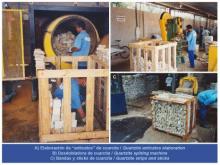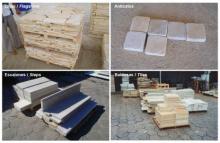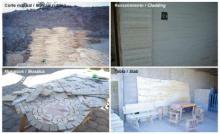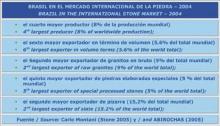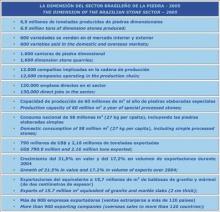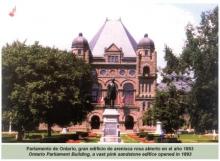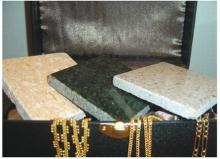The Old Bridge in Mostar. Reconstruction of a Symbol
Eternity had only been interrupted. The Old Bridge in Mostar, which had been constructed in 1556, rose from the ashes in July 2004. This symbol for the bond between peoples and religions had been built under the assumption of everlastingness, but became a victim of the Bosnian war in 1993. This monument, which is also important regarding its architecture, was rebuilt under the direction of the UNESCO with the participation of the LGA (Regional Industrial Association) of Nuremberg (Germany)

